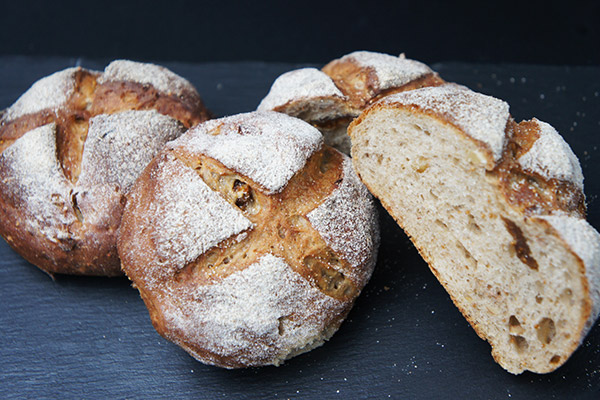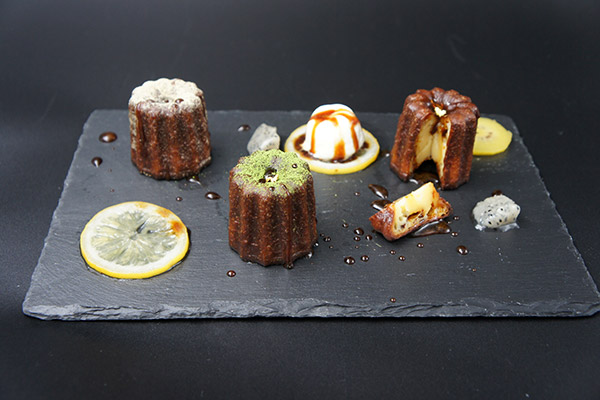Products
Competitive strong points of our company
High Quality
From the day of establishment in 1920, we have been providing high quality products based on technical know-how that has been accumulated for a long time. In fact, our products are used for cooing food from each country around the world, gaining popularity among the chefs in the country and overseas.
High Safety
We always provide safe products in line with the food safety system supported by FSSC22000 certification.
Detailed response to customers
We usually export products without passing through a trading company, and thus are able to ship out products at reasonable cost and with a detailed response to a customer.
Customized service
Our products are used by Japanese domestic soy-sauce manufacturers. We can also supply an OEM product under the brand name of a customer accordingly.
Flexibility
We are capable of adapting to the production of small lot such as making a sample product and a new product for test-marketing. For bulk shipment, we can ship out products by using wide variety of containers such as 18-liter BIB (Bag-In-Box), 200-liter Drum and 1000-liter IBC (Intermediate Bulk Container).

Lines of Business
TAMARI
TOMIZU
Characteristics
Although “TOMIZU” has a milder taste and gentler flavor compared to “GOBU”, it still
has strong taste. It has a thick texture and can produce beautiful browning. “TOMIZU”,
as well as “GOBU”, makes a meal taste better, because it has weak salty and acid
tastes and umami will be retained longer accordingly.
The amount of the total nitrogen, the indicator of the grade of umami, contained in
“TOMIZU” is 1.4 times larger than that of regular Koikuchi soy sauces on the market.
How to use
As a TAMARI soy sauce, “TOMIZU” has the characteristic umami and gives gloss (“teri”
in Japanese) to the surface of the foodstuff. In stewing and soups, it brings out the flavor
of the raw ingredients and dried fish because it has a milder flavor compared to
“KOIKUCHI” as stated below.
Having a wide range of uses, it is multipurposely used in Japanese, Chinese and
Western cooking.

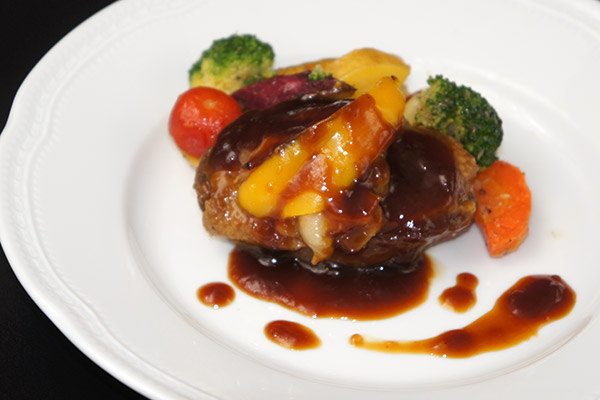
Grilled duck with TAMARI sauce
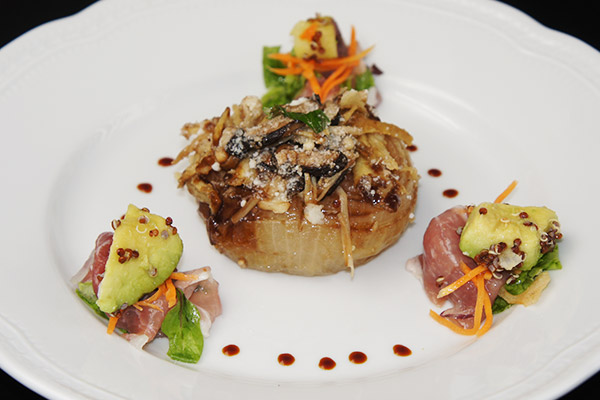
Grilled whole onion with root vegetables and cheese
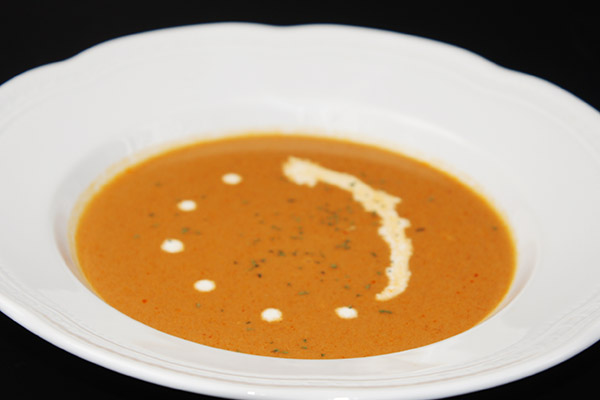
Lobster soup
Gluten-free MARUDAIZU TAMARI
Characteristics
This product is a premium soy sauce and made from MARUDAIZU (whole soybeans,
Not defatted soybeans) and without using wheat. For this reason, with the fresh scent of
soybean, it reveals a mild flavor in the light taste.
The aftertaste is refreshing, so it is
usable in place of KOIKUCHI when cooking a gluten-free dish.
How to use
This product is usable in cooking a gluten-free dish as it draws out the original taste of
natural ingredients. It also has the characteristic umami and gives gloss (“teri” in
Japanese) to the surface of the foodstuff as a TAMARI soy sauce. In stewing and soups,
it brings out the flavor of the raw ingredients and dried fish because it has a milder flavor
compared to “KOIKUCHI” as stated below.
Having a wide range of uses, it is multipurposely used in Japanese, Chinese and
Western cooking.

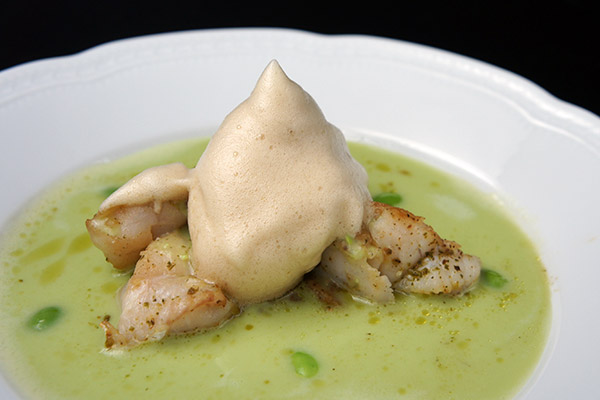
Simmered cod and beans with gluten-free TAMARI sauce
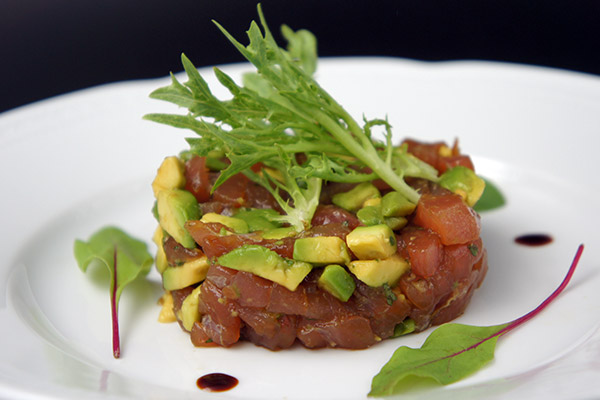
Tuna tartar with wasabi TAMARI sauce
KOIKUCHI
KOIKUCHI
Characteristics
Unlike regular Koikuchi soy sauces on the market, this “KOIKUCHI” undoubtedly has mild umami in the light taste, having the clear and fresh scent.
How to use
This product is usable in Japanese, Chinese and Western cooking.

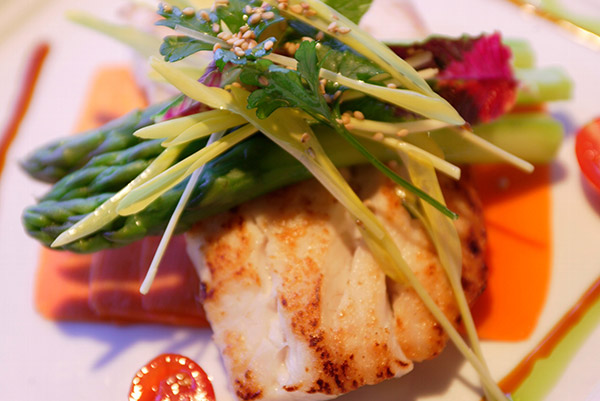
Grilled white fish
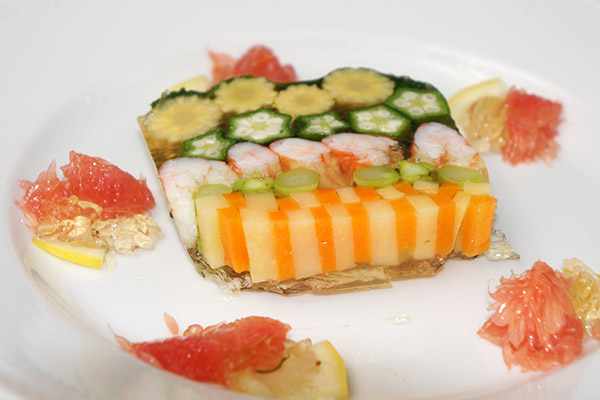
Vegetables terrine
KOIKUCHI MARUDAIZU
Characteristics
With the fresh scent of soybean, this product reveals a mild flavor in the light taste.
How to use
Having a wide range of uses, it is usable in Japanese, Chinese and Western cooking.


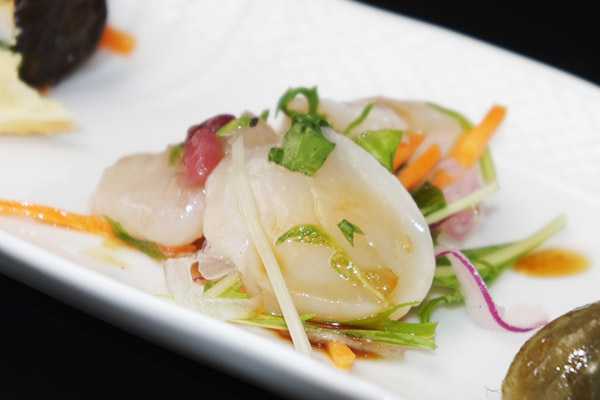
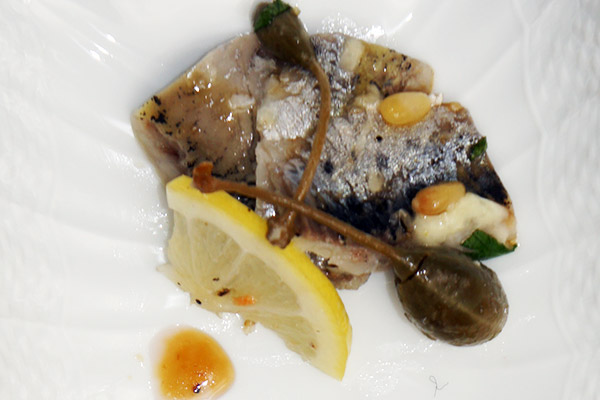
Spinach quiche, Marinated carrots and eggplants, Marinated scallops, Marinated sardines


